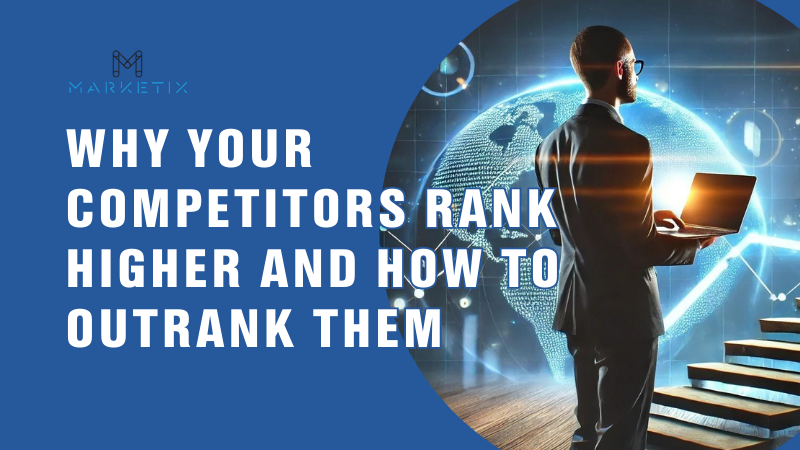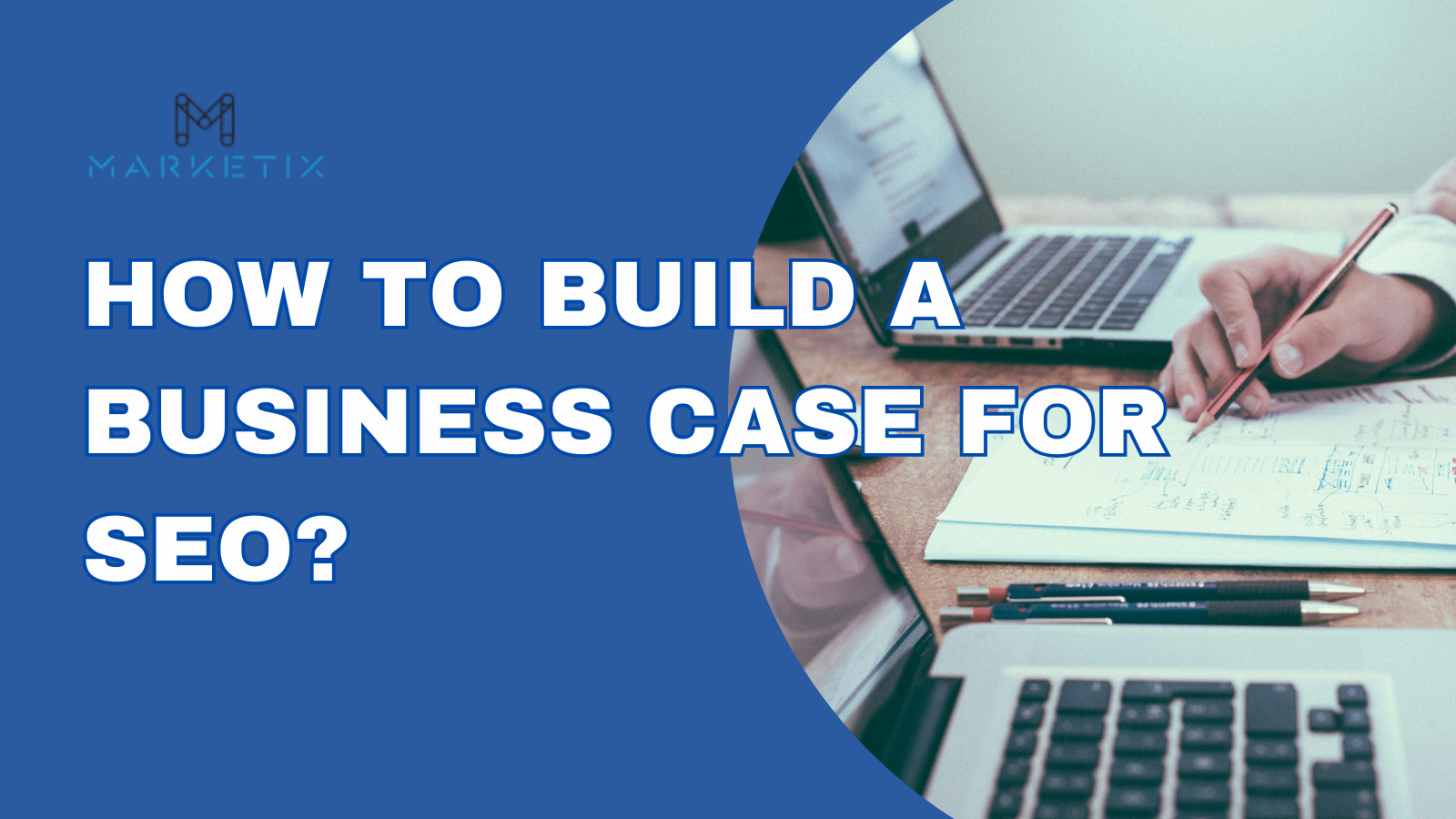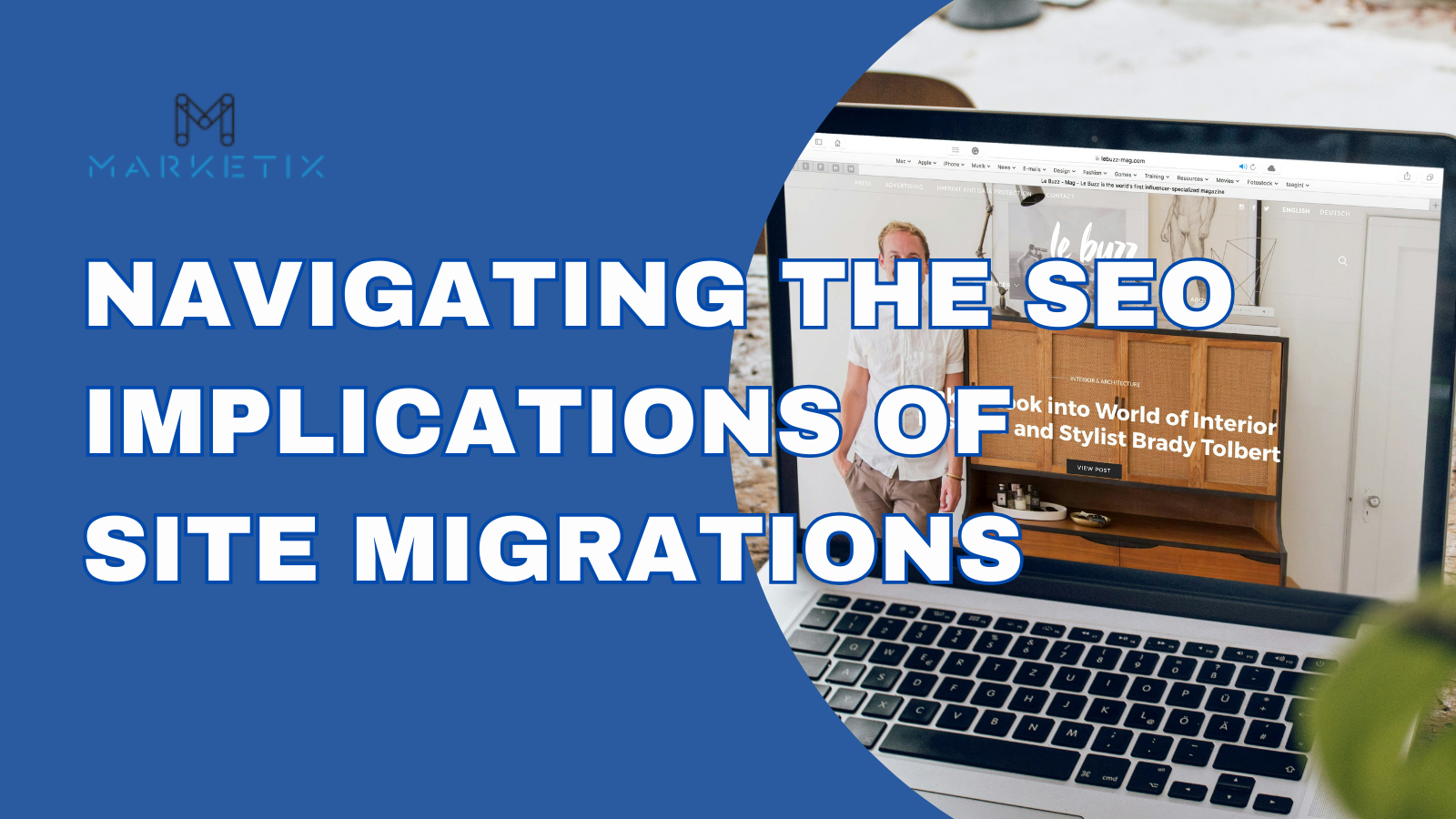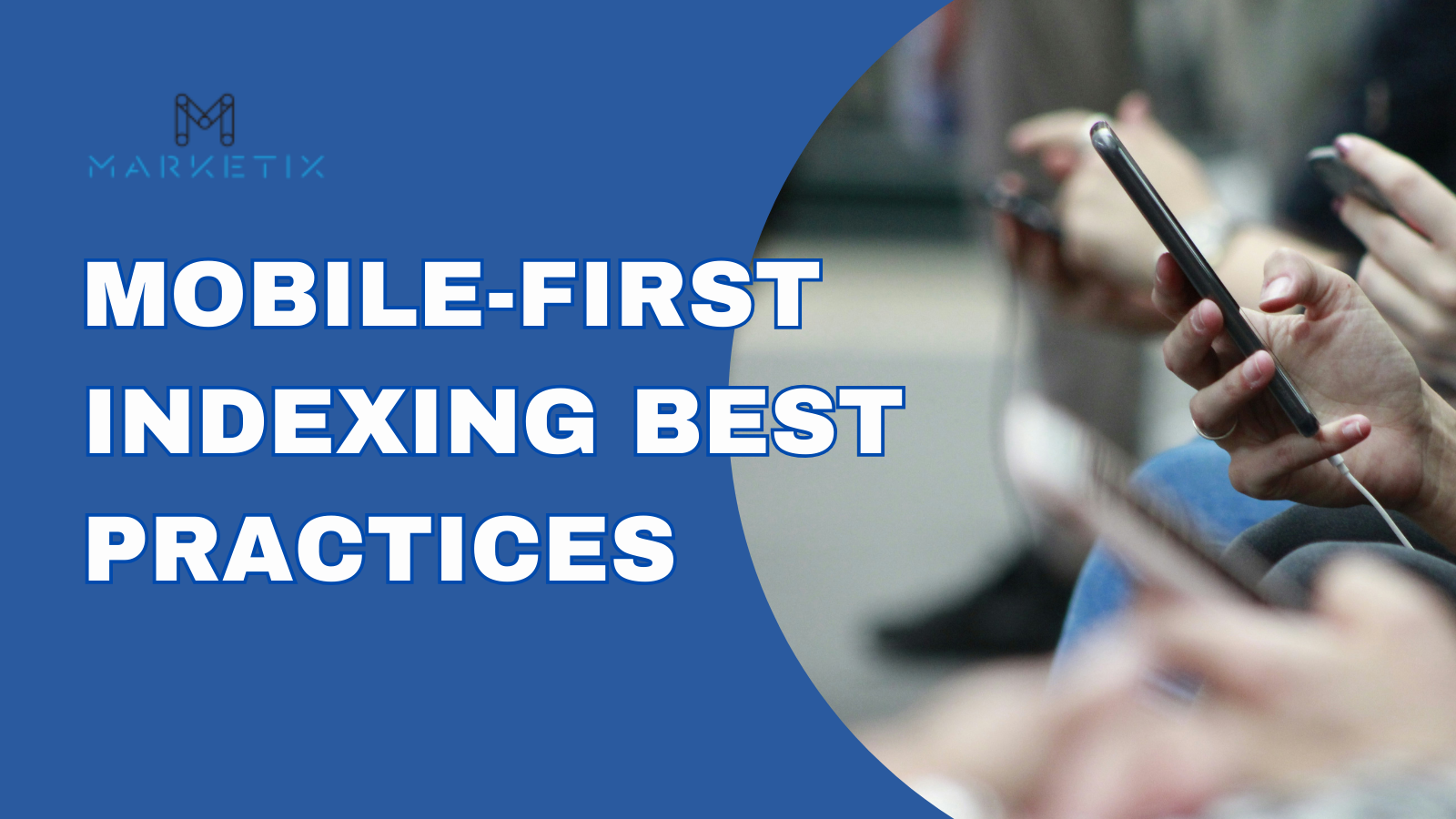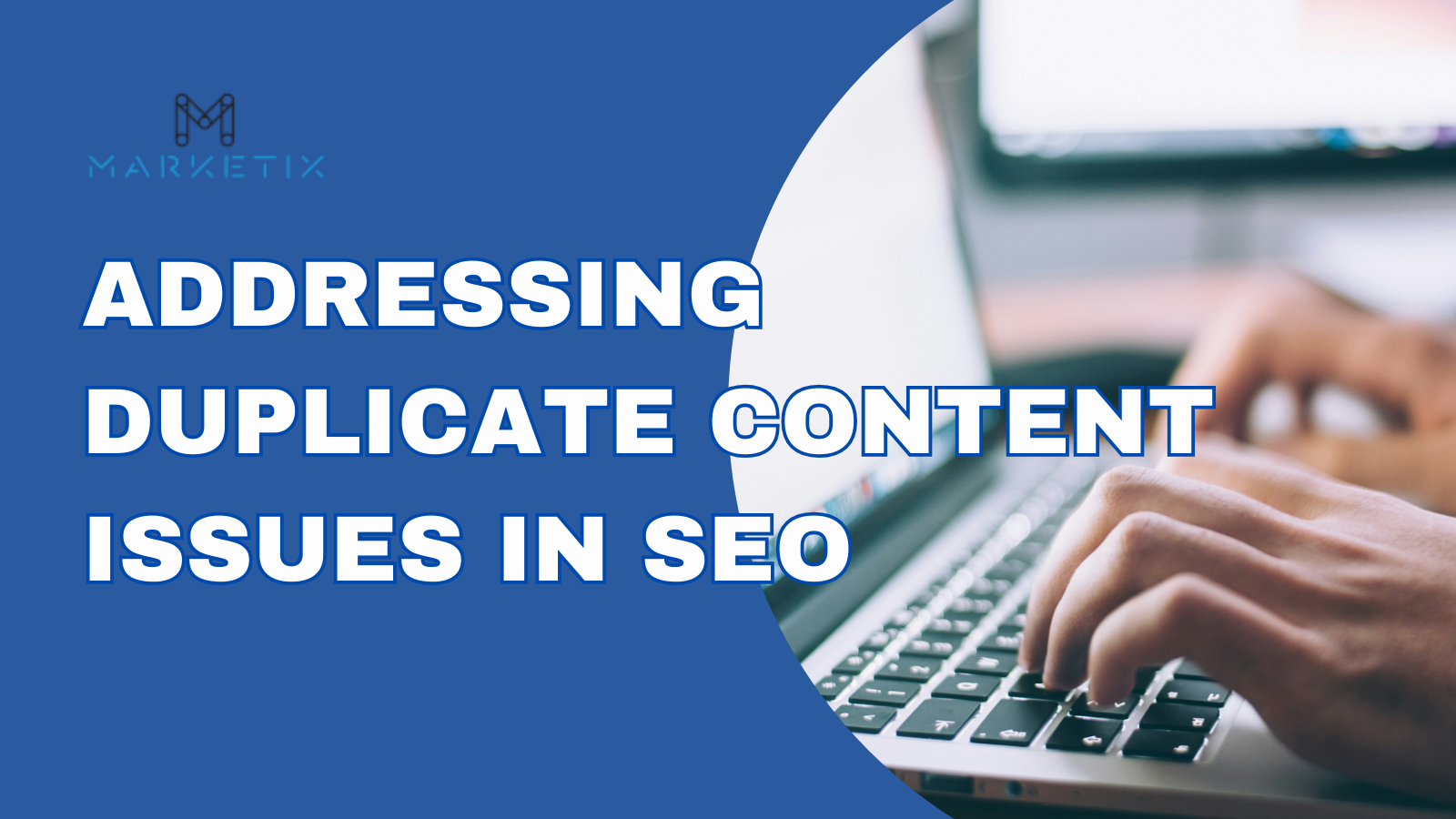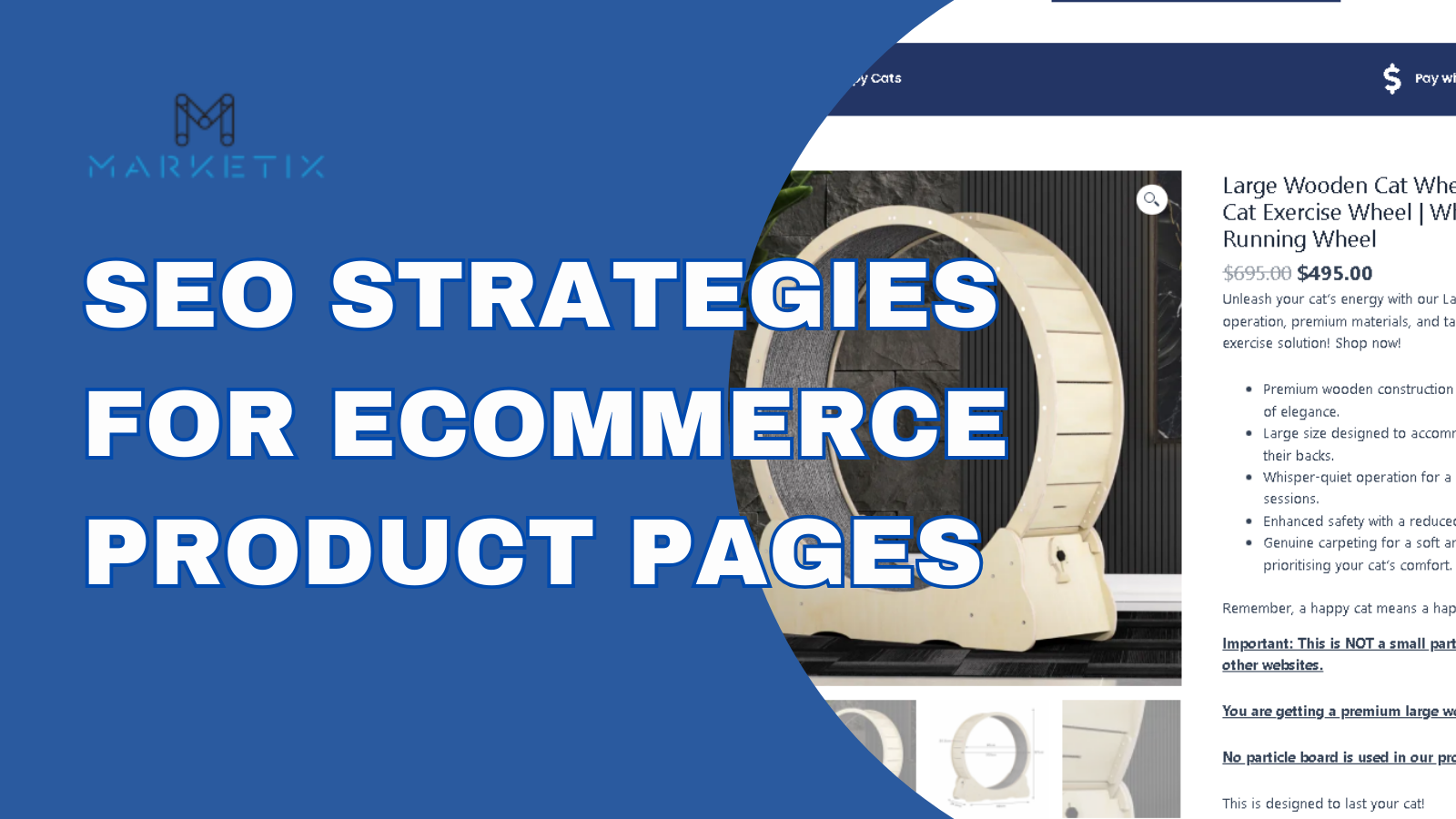- Home
- > The Marketix Blog
- > SEO
How Google's Spider Crawls And Indexes Your Website

One of the most fundamental concepts in SEO may be the Google Spider. You may have heard it referred to as the Googlebot, Google crawler, or simply the Google search engine spider.
The Google crawler is a computer program designed by Google to crawl, search, track websites, and web pages as a way of indexing the internet; which in turn, are used to derive the search results position on an individual users Google search query.
Understanding the fundamentals of how Google crawls, processes and indexes the internet (and your website) gives us the fundamental understanding of how to approach SEO from a technical perspective.
In this article, let's take a look at how Google's spider crawls and indexes your website.
How Google Crawls Your Website
In 2013, Google indexed 30 trillion pages. Only three years later, that figure had risen to 130 trillion. It's a safe bet that Google will have recognised hundreds of trillions of pages by 2022.
However, these figures do not represent the total number of pages available online. Keep in mind that we're only discussing pages that Google is aware of and is actively indexing in its database.
When you do a Google search, the pages and pages of results come from Google's index. This index is a massive, ever-expanding library of information, including text, images, documents, and other media. It's constantly growing because new web pages and sources of information are added every day.
Spiders like Googlebot crawl web pages looking for new information to include in the index. This is important because Google's business model (attracting users and selling search ad space) is based on providing high-quality, relevant, and up-to-date search results.
The spiders are programmed to recognise hyperlinks (or links), which they can either follow immediately or save for later crawling and review.
Internal links between pages on the same website essentially serve as stepping stones for spiders - they make it easier for them to crawl, store new data and understand the relationships between two separate documents.
Finally, search engines use a proprietary formula to grade (apply a rank) to the relevance of content to search queries. Crawlers enable the indexing of all web content, and the Google algorithm grades the quality of each piece of content.
How Frequently Google Crawls Your Website
Web crawling is a never-ending process. The software continues to crawl previously indexed pages to replace dead links and page redirects. However, they adhere to a set of rules that allow for greater discretion when choosing which pages to crawl.
These policies also outline the sequence in which pages should be crawled and the frequency with which they should be checked for content updates.
The frequency with which Googlebots crawl your site is determined by algrorithmic crawl budgets associated with your PageRank.
Google created the PageRank scale to score each page based on a variety of factors. These factors include page importance, content quality, the number of links, and individual page authority.
The higher your PageRank score, the more time Googlebot will spend crawling your site.
For higher authority pages or pages which refresh frequently, the crawl can be done every several hours, on other pages with no substance it can take months or years.
Looking at Google Search Console and isolating the individual page will give you the exact last time Google crawled that specific page on your website.
Why This Is Important
As previously explained, Googlebots don’t just start randomly crawling your site. Googlebots crawl your site using three main elements:
● The file robots.txt: This file serves as your site's "guidelines" and lists the content you wish search engines to crawl and ignore.
● The sitemap in XML format: Certain site structures can make it difficult for Googlebots to find all of the pages that should be indexed. Your XML sitemap makes it easy for Googlebots to find all of your pages.
● External Links: Google will crawl and follow external links from other websites to your website or page that has been linked from an external entity, unless the NoFollow attribute has been assigned to that link.
Getting your new pages crawled and indexed is not as difficult as it may appear.
As long as you link to your new content from old content, spiders will eventually follow those links to the new page(s) and index it within Google search database.
If you want your new content to be indexed and appear in search results as soon as possible, submit the new URL directly to Google via Google Search Console and instruct the spider to crawl it. It can take any time between a few minutes to several hours after you hit submit.
How We Use This Information To Conduct Technical SEO
After many years of technical SEO training and on-the-job experience, our team at Marketix understands how to get the most out of Googlebots. We know what they crawl and what is more likely to be ignored.
If you want to boost your visibility in the SERPs, you will need Search Engine Optimisation (SEO).
You need to improve your site's SEO technical architecture so that Google is able to crawl it effectively, and rank well for as many keywords as you can, whilst providing useful information that matches the user intent of the search query.
Allowing the search engine to find your web pages is a great first step toward page one. If your content isn't being indexed, your site might as well not exist.
Another important factor to consider is the speed of your website. The spiders try to operate as swiftly as they can without hindering the user experience on your site. If your website starts to lag or has server problems, spiders will crawl it less frequently.
You should also assign a unique URL to each piece of content. When you assign multiple URLs to the same page, the spiders are unsure which one to use and it can also cause keyword cannibalisation issues if multiple versions of the page exist in the Google index.
Remember that one of the most important aspects of SEO is making the spiders' jobs easier, and easier for Google to correctly index your pages. You'll be fine as long as you make Google’s job easier.
Get In Touch With Marketix
You can see the details of how Google is indexing your site by using the Google Search Console (GSC). Google spider recognises more activity when you add, modify, and improve more content.
If you need expert SEO assistance, please get in touch with Marketix today and we’ll be more than happy to assist.
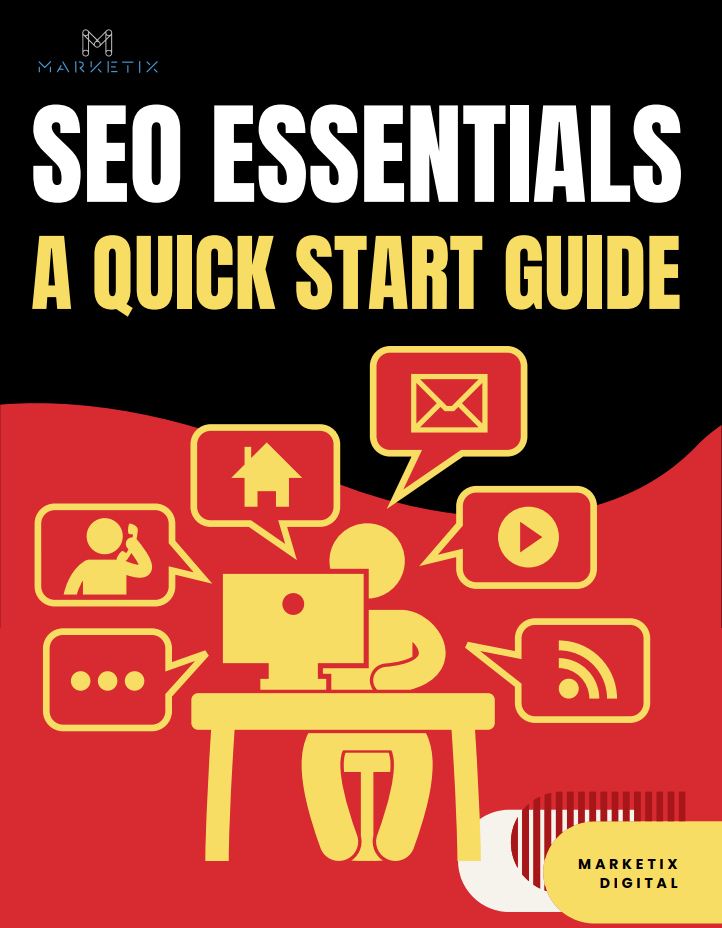
Free Download SEO Book
Download our 24-page SEO book to learn:
- How SEO Really Works
- How to Rank #1
- Content & SEO
- Choosing an SEO Agency
Thank you!
You have successfully joined our subscriber list.

